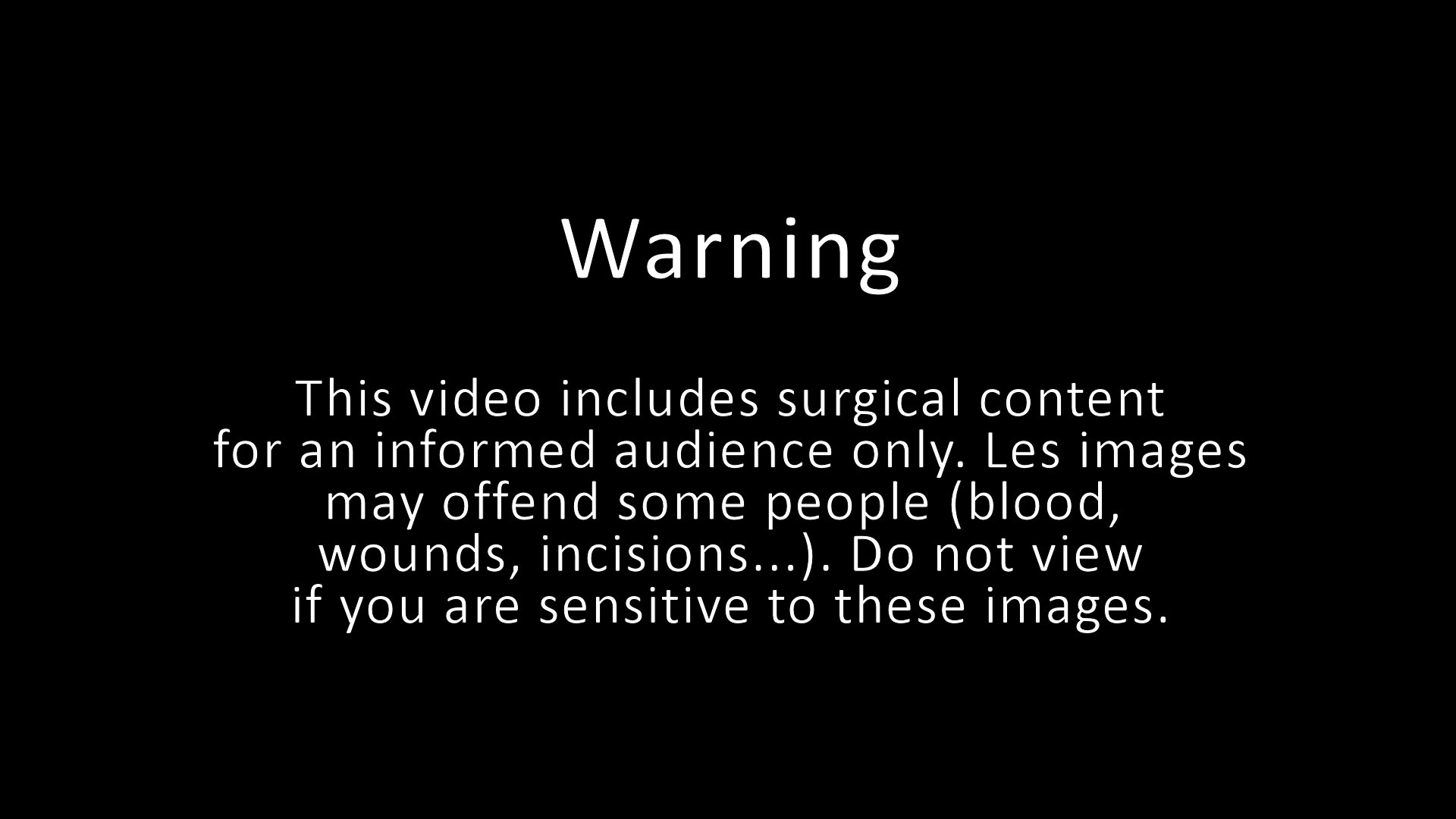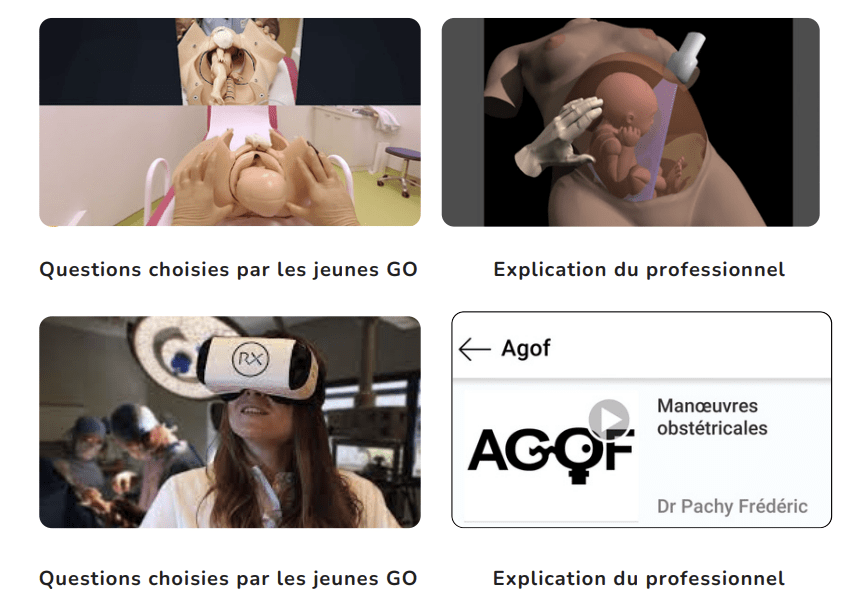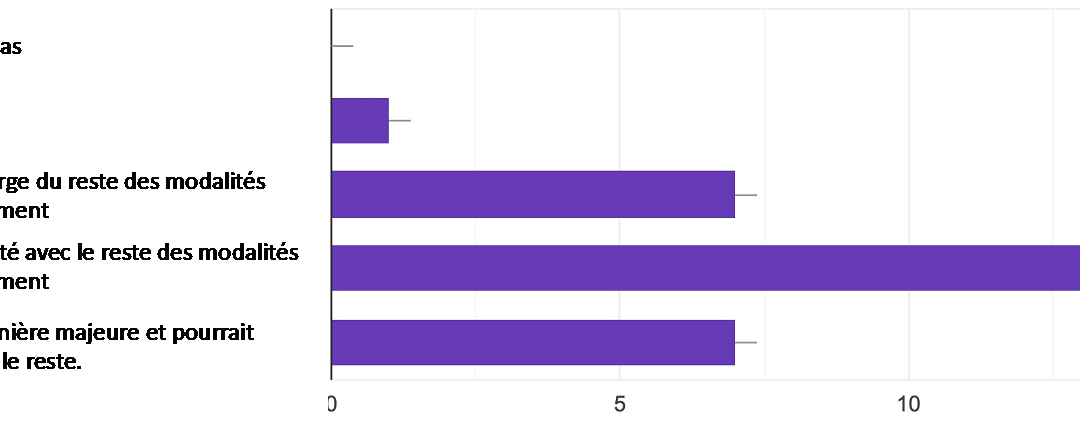When you want to publish an educational surgical video online, it’s important to create a teaser: it’s the first thing you see that will make Internet users want to watch the video. As surgical videos have their own specific codes, so do teasers.

Catch the eye
Promoting a video with a teaser is one of the best ways of getting more people to watch it.
There can be many reasons to want to promote a surgical video on the Internet. The main one : to increase its visibility, to increase its educational reach to a wider target audience.
The teaser is a very powerful tool for achieving this objective, and can be broadcasted on social networks, instant messaging app groups (for professionals) or at specific events (conferences, seminars, etc.). Often aesthetically pleasing, lasting no more than a few dozen seconds, it picks out the most interesting parts of the video and sets it up with attractive text, a dynamic voiceover or intriguing music, to make web users want to click to see the video in full.
But, like everything else, this format too responds to a few codes, some specific to the surgical video format. This article looks at the specifics of this new genre, with the added bonus of keys to teaser success.
The teaser, a free tool to boost a surgical video
Videos are often broadcasted on video hosting platforms (Youtube, Vimeo, Dailymotion) or on social networks (Instagram, Facebook, X – previously Twitter, etc.).
In the case of surgical videos, we can agree that the people targeted are residents, juniors surgeons, as well as more experienced surgeons wishing to acquire new knowledge.
It can also be argued that, from a professional point of view, most of them use tools such as LinkedIn, X (formerly Twitter) or Facebook. The likelihood of them using Tiktok, for example, a new social network, is particularly low.

Social networks
Social networks are ideal for broadcasting a teaser as a native video.
Storytelling: a teaser discipline
Storytelling is the main weapon of communicators. And without trying to implement an advanced marketing strategy, it’s still an interesting practice to apply to create a good, well-constructed and attractive teaser.
Free storytelling is the art of telling. Presenting a product, highlighting an event, introducing the story of a film, building a report… or in our case, enhancing a surgical video.
It’s a discipline. Some people make it their daily profession, using the codes of human psychology and developing their style with care and research.
Storytelling takes time, thought and practice. But with a few keys and a lot of patience, telling the story can become easier, instinctive… and fun!
Elements to “tease” a story
An effective teaser needs to strike the right balance, revealing neither too much nor too little information about the video it is promoting. To achieve this objective, several key elements come into play.
- Strong and impactful images. Ideally, they are consistent with each other, and could stand on their own alone.
- A dynamic narrative, with precise words, and short, incisive phrases, all carefully chosen. Each element has its purpose; each verb, adverb, comma is important. Don’t forget to address the 5Qs: what or who, how, when, where and why.
- A soundtrack that accompanies the objective of the video (in this case, educational) and favours curiosity. Its intensity and rhythm support the teaser’s message.
- If necessary, relevant texts, used moderately.
In the case of the surgical video, there’s no need to come up with new images or create a new voiceover: the idea is simply to take the most relevant passages from the video already edited, to offer a brief summary.

Warning
Including a warning in the teaser is important to prevent viewing by unaware audiences.
Surgical video: a new genre
Surgical video is a special genre. The images can make web users feel uncomfortable. The teaser must take this specificity into account: even if there are algorithms that censor overly sensitive content, Google’s limits remain blurred, and an uninformed audience will always have the possibility of viewing content for which they are not prepared.
As a result, the image selection stage is crucial. For example, wide, general shots are preferred to tight, very explicit shots.
Also important: creating a warning text screen (or “disclaimer“, an anglicism commonly used in audiovisuals), explicitly indicating which points to watch out for, remains one of the simplest methods of avoiding these misdirections.
Format and recommendations
The teaser inevitably follows a few precise rules, technical or more practical considerations. And indeed: whatever happens, it remains an advertising format.
- Format – 1080 p, square or 4:5, it depends on the purpose of the teaser, but it must be consistent with the codes of the platform on which it will be broadcast. On LinkedIn, a horizontal or square format is preferred, while on Instagram a vertical orientation is more common.
- Resolution – 720p (to reduce the weight of the video and allow it to be broadcast on different platforms).
- Length – 30 seconds maximum. It is essential to avoid length. To do this, you can take care with the editing by favouring quick cuts and a dynamic tempo.
- Graphic design – Take care of the general aesthetics of the video: typography, contrasts, layout, hierarchy of information.
The teaser is the showcase for the video. Professional editing, possibly subtitled if a narrative is created, clean shots and well-balanced colours, are a guarantee of quality for web users.
Once created, a teaser can be shared on various platforms and social networks. It becomes a formidable ally for promoting the video on the one hand, but above all promoting the work of the people involved in its creation : as a videographer, surgeon, teacher…
Read more

Videos improve knowledge retention of surgical anatomy
In otolaryngology, a new publication shows that an educational video improves anatomy learning and knowledge retention in the long term. This study conducted by the ENT team at Necker-Enfants Malades, APHP (Université Paris Cité) and led by Pr François Simon shows the...

Surgical videos: using the most efficient medium. AGOF’s associative experience
In 2010, the French National Authority for Health (HAS) issued the famous slogan for apprentice surgeons: "Never perform surgery on a patient for the first time" (1). It is sometimes difficult for a young surgeon to accept that he or she has not received sufficient...

The role of educational surgical videos for gynaecology and obstetrics residents
How can we offer obstetrics and gynaecology residents high-quality surgical training at a time when the number of "simple surgeries" is decreasing due to an increase in complex recruitments in expert centres, when the time devoted to them is being reduced due to...

Clinical Practice Guide and Recommendations for Creating an Educational Video in Laparoscopic Surgery
A true educational tool, the creation of educational videos in laparoscopic surgery is subject to certain standards. This includes presenting the clinical case, imaging, the surgical technique, as well as post-operative care and anatomopathological results. Here's...
